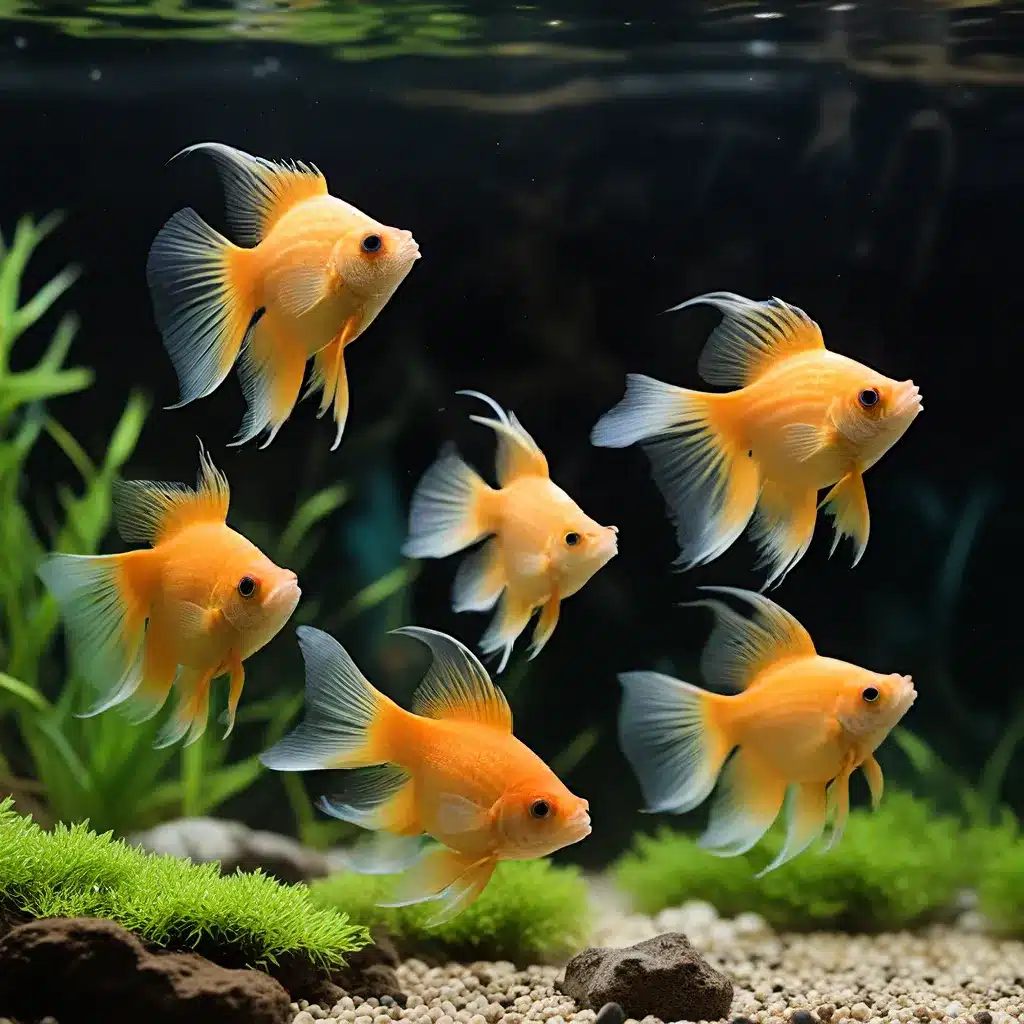
Embarking on the captivating journey of aquarium fish breeding can be a rewarding and fulfilling experience for any passionate hobbyist. Whether you’re a seasoned aquarist or just starting out, understanding the nuances of successful fish reproduction in a captive environment is crucial for maintaining a thriving and diverse aquatic ecosystem. In this comprehensive guide, we’ll explore the essential factors to consider, proven techniques, and invaluable insights to help you navigate the captivating world of aquarium fish breeding.
Laying the Groundwork: Preparing Your Aquarium for Breeding Success
Creating the ideal environment for your aquarium inhabitants to thrive and reproduce is the foundation for successful fish breeding. Begin by ensuring that your aquarium’s water parameters, such as temperature, pH, and water hardness, are precisely tailored to the specific needs of the species you wish to breed. Proper filtration, aeration, and water circulation are also critical in maintaining a stable and healthy ecosystem.
Scientific research has shown that providing the right cues and triggers can significantly increase the likelihood of successful breeding. This may include simulating seasonal changes, such as varying the light cycle or replicating natural water level fluctuations. Additionally, the presence of appropriate substrates, hiding spots, and specific breeding behaviors can all contribute to creating an environment that encourages your fish to spawn.
By meticulously setting up your aquarium and considering the unique needs of your target fish species, you’ll be well on your way to establishing the ideal conditions for captive reproduction.
Identifying and Selecting Breeding Pairs
Selecting the right breeding pairs is a crucial step in the aquarium fish breeding process. Identifying the gender of your fish can be challenging, but observing their physical characteristics, behavior, and interactions can provide valuable clues. For instance, male fish may exhibit more vibrant colors, distinct fin shapes, or unique courtship rituals.
Once you’ve determined the sex of your fish, it’s time to select a compatible breeding pair. Factors such as age, size, and temperament should be carefully considered to ensure a harmonious and successful breeding experience. Introducing the potential mates in a neutral territory can help observe their interactions and assess their compatibility.
Careful selection and monitoring of your breeding pairs can increase the chances of fertilization, egg production, and the subsequent survival of the offspring. Remember, the goal is to create a nurturing environment that caters to the specific needs and natural behaviors of your chosen fish species.
Triggering and Facilitating Breeding Behavior
Once you’ve established the ideal conditions and selected your breeding pairs, it’s time to focus on triggering and facilitating the actual breeding process. Environmental cues can play a significant role in stimulating the fish’s natural spawning instincts. This may involve adjusting factors such as water temperature, lighting, and water movement to mimic seasonal changes or natural breeding triggers.
Providing appropriate breeding substrates, caves, or plants can also encourage your fish to engage in courtship rituals and spawn. Observe your fish closely and be prepared to make subtle adjustments to their habitat, as each species may have unique breeding requirements.
Patience and vigilance are key during this delicate stage. Closely monitor your breeding pairs for signs of successful spawning, such as the presence of eggs or the male’s protective behavior over the fertilized clutch. Timely interventions, such as removing the male or providing additional aeration, may be necessary to ensure the survival of the fry.
Nurturing the Next Generation: Caring for Aquarium Fish Fry
The journey doesn’t end with successful spawning; the next critical step is properly caring for the young fry. Newborn fish have specific nutritional and environmental needs that must be met to ensure their healthy development and survival.
Begin by establishing a dedicated fry tank or a designated breeding area within your main aquarium. This dedicated space should provide optimal water conditions, ample hiding spots, and a suitable food source tailored to the fry’s delicate requirements. Regular water changes and close monitoring of water parameters are essential during this crucial stage.
Carefully selecting and providing the appropriate fry food, whether it’s microscopic live organisms, specially formulated powdered diets, or a combination, can significantly impact the growth and survival of your young fish. Experiment with various feeding strategies and observe their feeding behavior to determine the most effective approach.
As the fry mature, gradually introduce them to the main aquarium or prepare them for their own dedicated tank. This transition requires careful acclimation and monitoring to ensure a smooth integration without compromising the existing ecosystem or the young fish’s well-being.
The Rewards of Successful Aquarium Fish Breeding
Embarking on the captivating journey of aquarium fish breeding can be a deeply rewarding and fulfilling experience for any aquarist. Not only does it allow you to witness the wonders of nature unfolding within the confines of your own aquarium, but it also provides a unique opportunity to contribute to the preservation and diversification of aquatic species.
By mastering the techniques and strategies outlined in this guide, you’ll be well-equipped to navigate the complexities of aquarium fish breeding and create a thriving, self-sustaining aquatic ecosystem. Remember, every successful breeding venture is a testament to your dedication, patience, and commitment to the art of aquarium keeping.
As you continue to explore the world of aquarium fish breeding, don’t hesitate to visit King Aquarium for valuable resources, expert advice, and the high-quality equipment and supplies needed to support your captivating breeding endeavors.

